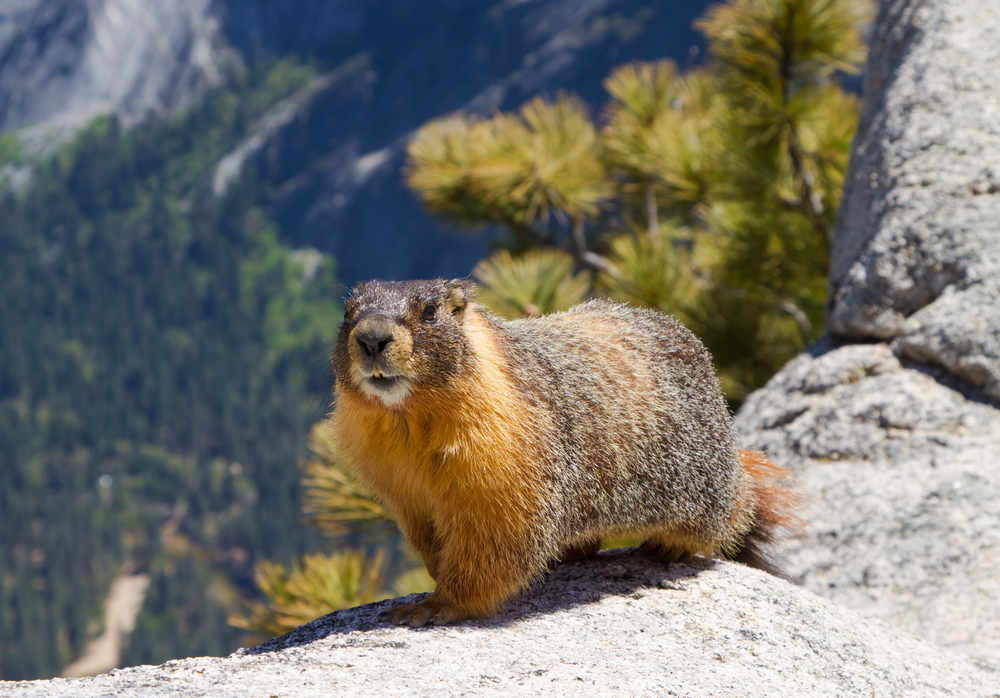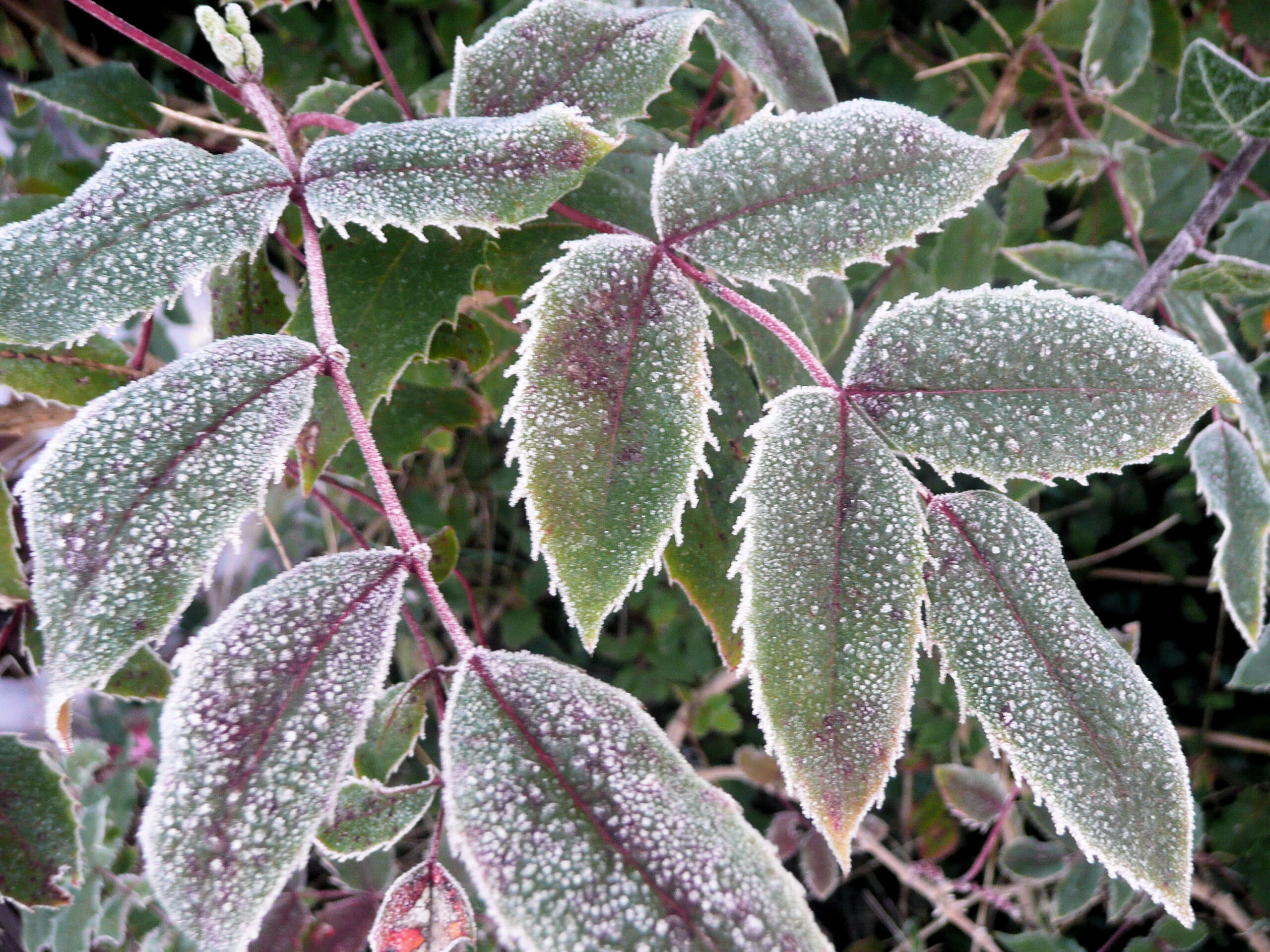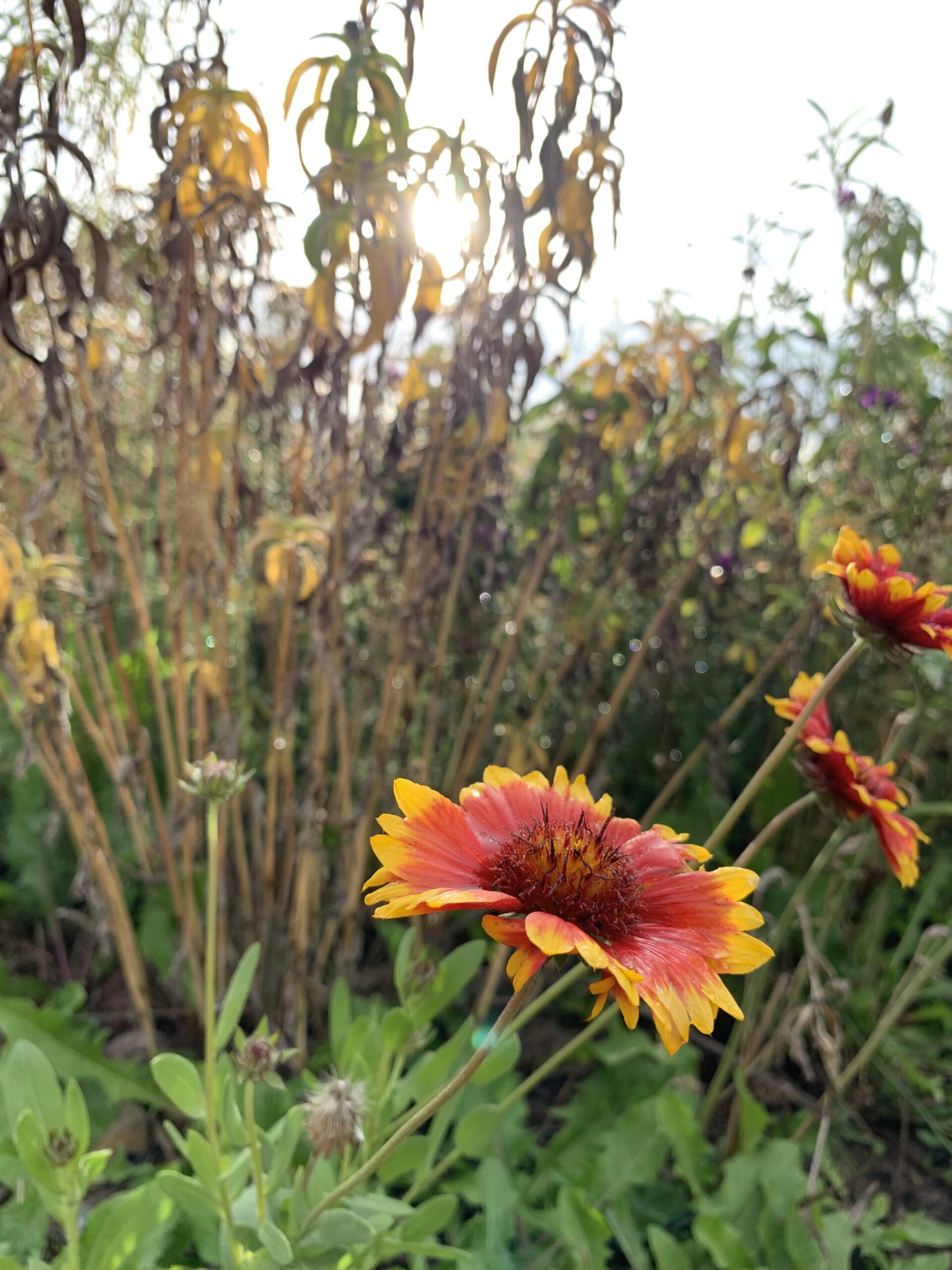By Jessie Walthers, Conservation Program Manager Groundhog Day. Who doesn’t love this most random of…

The Benefits of Bugs
Beneficial insects can be found roaming your garden. Pictured above, some resident insects crawling on Phacelia flowers in the FCD Demonstration Garden pollinator plot.
Insects are often thought of as pests or nuisances. The bite of a mosquito, the decimation of an aphid infestation, the toxicity of blister beetles are common grievances here in Montana. However, many insects provide valuable services to home gardeners, farmers, and to our natural resources. Before you lay waste to your resident creepy crawlers, consider that many play important roles in the ecosystem, and that it may be in your best interest to support beneficial insects and find ways to make them work for you instead.
Beneficial bugs include insects (six-legged) and a variety of other invertebrates (such as spiders, centipedes, and earthworms). These creatures occupy various roles in the ecosystem, and as a result, provide a diversity of services. The most common categories are:
- Pollinators: insects (and other animals) that spread pollen from flower-to-flower while foraging
- Predators: insects that feed on other insects
- Parasitoids: insects that lay their eggs in the bodies of other insects, and when the eggs hatch, feed on the body of the host insect (killing the host)
The benefits of having these bugs around and living in your garden are obvious in some cases. We can thank pollinators for approximately one in three bites of food that we take! Pollinating insects and other animals do the essential work of pollinating the fruit, vegetable, and nut crops on which we depend. They are incredibly efficient and work at an enormous scale. This service is critical in your home garden as well – without pollination, you would have very little to harvest. Pollinators include a variety of bees (honeybees, bumble bees, mason bees, etc.), butterflies, moths, and even some flies.
Predatory insects will hunt, kill, and feed on other insects, and can serve as an efficient means of pest control. Lady bugs aren’t just pretty, their larvae are ferocious predators of nuisance aphids. Others include lacewings, spiders, and the larvae of hoverflies.
Parasitoids are a fascinating group of insects, mostly wasps, that have “stingers” that are adapted to laying their eggs inside the bodies of other insects. They do not sting! Most are so small that you will never see them. These include brachonid wasps (which lay their eggs inside of insects such as tomato hornworms and other caterpillars) and trichogramma wasps (which lay their eggs inside the eggs of more than 200 different insect pests).
The services that beneficial bugs provide may shift over the course of their growth and development. For example, a voracious leaf-munching caterpillar will morph into a pollinating butterfly. With such an incredible variety of beneficial bugs, and the added complication of changing roles over life cycles, things can get complex! If you’re interested in more information and guides to identifying and attracting beneficial insects to your garden, check out these resources from the Xerces Society:
Beneficial Insect Scouting Guide:
https://xerces.org/publications/scouting-guides/beneficial-insect-scouting-guide
Habitat Planning for Beneficial Insects:



